Starting a Road Roller Like a Pro: Must Tips & Techniques
Machine operation is one of the most sought-after skills in the construction industry. With the industry geared towards integration of technology for quality and economical works; many firms are in need of operators to carry out various operations. This article will explore the operation of a road roller. Road rollers are compaction equipment used in the construction of bases and foundations for roads and other structures.
Depending on the size and specifications, road rollers are used on varied project scales. Small road rollers can be owned by individuals for small domestic works. Large scale road rollers are mostly owned by construction companies and can be leased out to private individuals if they need them. The cost of owning and operating industrial-grade road rollers is very high; making it uneconomical to be owned privately.
The longevity of road rollers depends on operators’ skills. It is important to note that starting the machine the right way helps protect the engine and other controls.
Contents
Preparations for Starting a Road Roller
Before starting a road roller, it is crucial to follow several safety precautions to ensure the well-being of the operator and those around. Firstly, conduct a thorough pre-operational inspection of the machine, checking for any mechanical issues or leaks. Ensure all guards, lights, and safety features are in proper working condition.
Wear personal protective equipment
Personal protective equipment (PPE) such as a hard hat, high-visibility clothing, steel-toed boots, and ear protection should be worn.
Ensure the area is clear of people and obstacles
When using the road roller, maintain a safe distance from other vehicles and pedestrians. Clear the work area of any obstacles or debris that could impede the machine’s movement. Always drive at a safe speed and maintain control of the roller. Be cautious when operating on slopes or uneven surfaces to prevent rollovers. Stay vigilant and constantly scan the surroundings for potential hazards.
Engage parking brake and secure the machine
After using the road roller, follow proper shutdown procedures. Park the machine on a level surface, engage the parking brake, and turn off the engine. Conduct a post-operational inspection to identify any damage or issues that may have occurred during operation. Clean the roller of any debris or mud to maintain its performance. Store the machine in a secure location and ensure it is not accessible to unauthorized individuals.
Familiarizing with Key Controls of a Road Roller
1. Ignition Switch
The ignition switch is used to start and stop the engine of the road roller. It is typically located on the control panel or dashboard. To start the engine, the operator turns the ignition switch to the “ON” position, allowing electrical power to flow to the engine. Once the engine starts, the switch is released to the “RUN” position, keeping the engine running. To stop the engine, the operator turns the ignition switch to the “OFF” position, cutting off the power supply.
2. Throttle Control
The throttle control regulates the engine speed and power output. It is usually a lever or knob located near the operator’s seat. By adjusting the throttle control, the operator can increase or decrease the engine speed, which directly affects the rotation speed of the roller’s drum or wheels. Increasing the throttle control will raise the engine speed and provide more power for compacting or moving material, while decreasing it will lower the engine speed and reduce the roller’s speed.
3. Starter Button
The starter button is used to engage the starter motor and initiate the engine’s starting sequence. It is typically located near the ignition switch or on the control panel. When the operator turns the ignition switch to the “START” position and presses the starter button, an electrical current is sent to the starter motor, which then cranks the engine to start it. Once the engine is running, the operator releases the starter button.
4. Hydraulic Controls
Road rollers utilize hydraulic systems to control various functions, such as steering, vibration, and compacting force. The hydraulic controls consist of levers, pedals, or buttons located on the control panel or within easy reach of the operator. The specific controls may vary depending on the roller model, but they typically include functions like steering control for turning the roller, vibration control to activate or deactivate the drum vibration, and compacting force control to adjust the pressure applied by the roller’s drum or wheels.
Starting Procedure for Road Rollers
As an operator, you should follow these steps to start the road roller;
- Ensure the roller is in a secure and stable position. Check for engine oil and fuel leakages
- Activate the engine by either engaging the ignition switch or pressing the start button.
- Engage the transmission by selecting the appropriate gear or mode.
- Gradually release the brake to allow movement.
To maintain control of the road roller, operators utilize various components in the following order:
- Steering Wheel or Joystick: Used for making directional changes.
- Accelerator and Brake Pedals: Employed to adjust the speed.
- Hydraulic Controls: Utilized to activate vibrating or compacting mechanisms.
Trouble Shooting a Road Roller
Troubleshooting a road roller involves identifying and resolving various problems that may occur. Here, we will focus on three common issues: engine not starting, engine stalling, and warning lights.
Engine not starting
When the engine fails to start, several factors could be responsible. The first step is to check the fuel level and ensure it is sufficient. Additionally, inspect the battery connections to verify if they are clean and tightly secured. If the battery is low, jump-starting or replacing it might be necessary. Another potential cause could be a faulty ignition switch or starter motor, which would require professional assistance for repair or replacement.
Engine stalling
Engine stalling can be a frustrating problem during operation. One probable cause is fuel-related issues, such as a clogged fuel filter or a malfunctioning fuel pump. In such cases, the filter should be cleaned or replaced, and the pump inspected by a mechanic. Additionally, stalling can result from an overheating engine due to insufficient coolant or a malfunctioning radiator. Regularly checking coolant levels and ensuring proper circulation is vital.
Warning lights and alarms
Warning lights on the dashboard indicate potential issues that need attention. Each warning light represents a specific problem, such as low oil pressure, high engine temperature, or brake system malfunction. Referring to the vehicle’s manual or seeking professional assistance is crucial to accurately diagnose and address the underlying problem. Ignoring warning lights can lead to severe damage or accidents, so prompt action is essential.
In troubleshooting these problems, it is important to prioritize safety and, if necessary, consult an experienced technician who can provide expert guidance and perform repairs to ensure the road roller operates reliably and efficiently.
Post Starting Checks for a Road Roller
After starting a road roller, conducting post-starting checks is crucial to ensure its proper functioning and safety. Here are the key aspects to focus on: oil leakage, hydraulic controls, and safety features.
A. Check for leakages and other abnormalities
Inspect the engine and hydraulic systems for any signs of oil leakage. Look for puddles or oil stains underneath the roller, as well as around engine components, hydraulic hoses, and connections. If oil leakage is detected, it should be promptly addressed to prevent damage to the engine or hydraulic system. The oil levels in the engine and hydraulic reservoir should also be checked and maintained within the recommended range.
B. Test the hydraulic controls
Test the hydraulic controls to ensure they are responsive and operating correctly. This involves activating various functions such as vibrating or compacting mechanisms, steering, and lifting components if applicable. Pay attention to any unusual noises, vibrations, or delays in the hydraulic system’s response, as these could indicate potential issues. Proper functioning of the hydraulic controls is essential for the roller’s effective operation and safety.
C. Ensure safety features are working
Verify the functionality of important safety features on the road roller. Check the seatbelt to ensure it is in good condition and properly fastened. Test the emergency stop button to confirm that it immediately halts the roller’s operation when pressed. Inspect the lights, including headlights, brake lights, and turn signals, to ensure they are working correctly. Additionally, check the horn and backup alarm to ensure they are audible and functioning properly. These safety features are vital for operator and site safety during road roller operation
Conclusions
Proper maintenance and safety are essential for the optimal operation of road rollers. Regular checks for oil leakage, hydraulic controls, and safety features help identify and address issues promptly, ensuring the roller’s reliability and operator safety. It is crucial to emphasize the importance of regular maintenance, adherence to manufacturer guidelines, and prioritizing safety precautions.
Furthermore, operators should consider further learning and training to enhance their knowledge and skills in road roller operation for enhanced efficiency and safety.
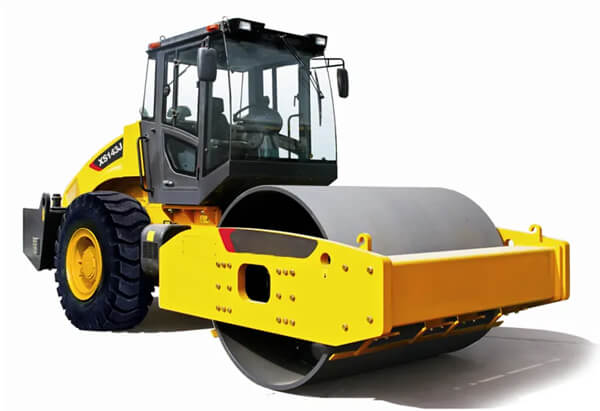
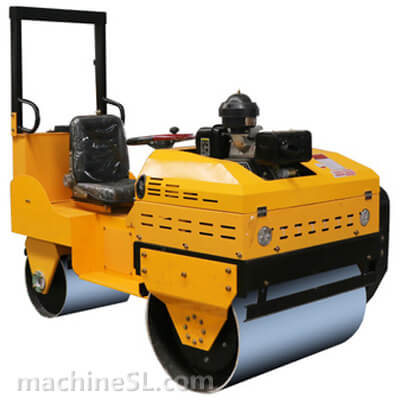
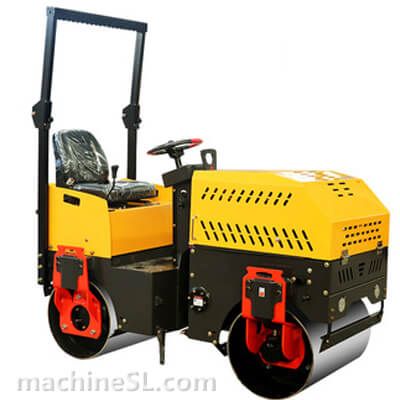
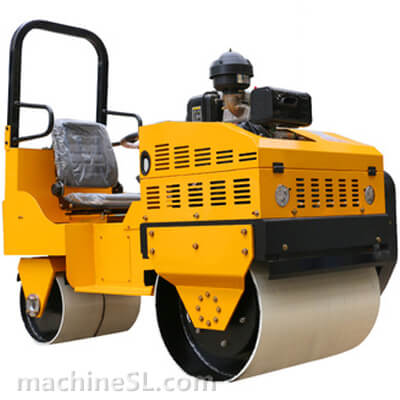
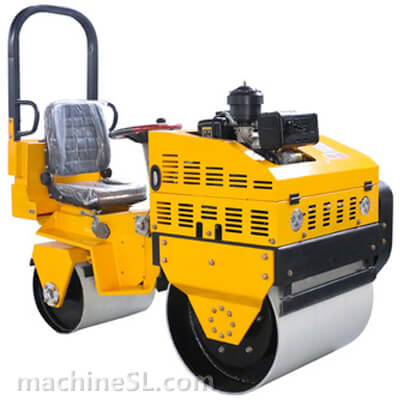
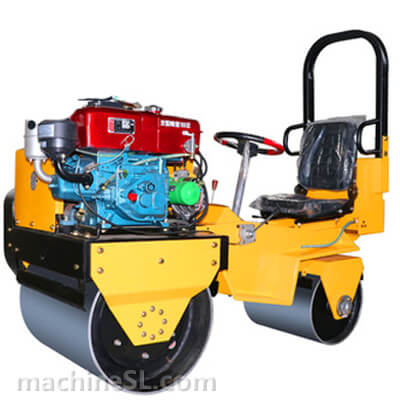
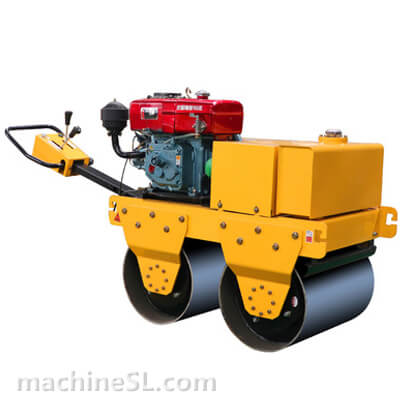
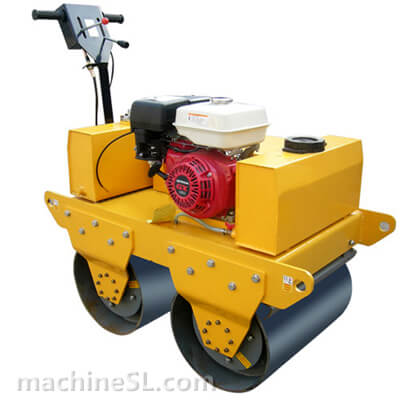
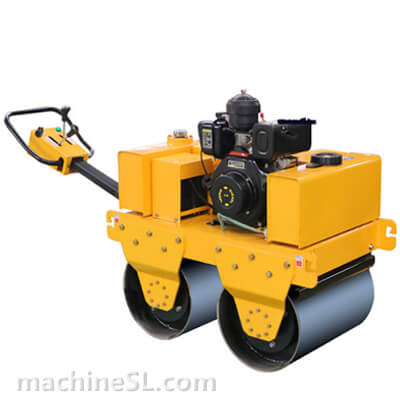
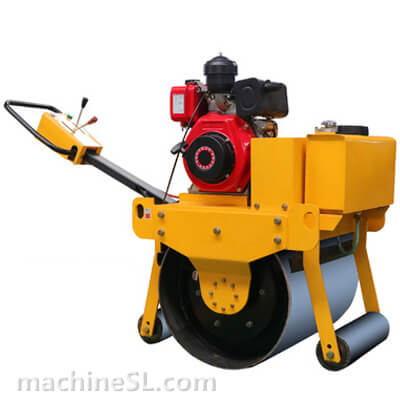
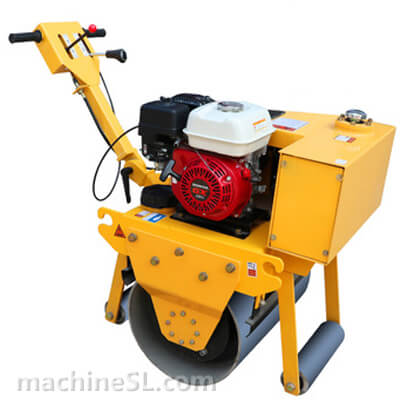
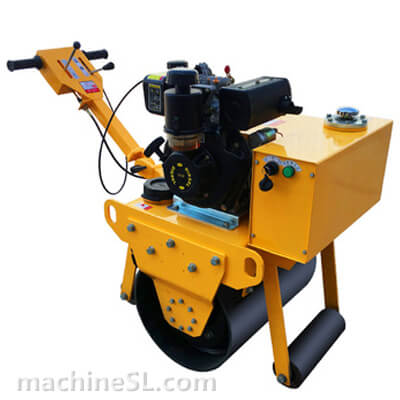
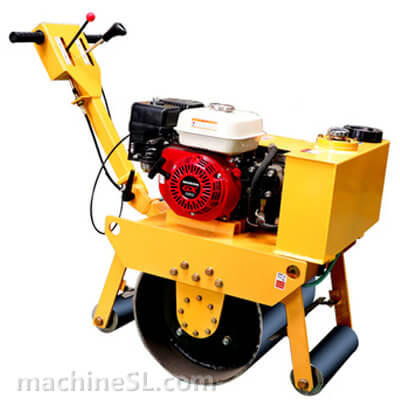
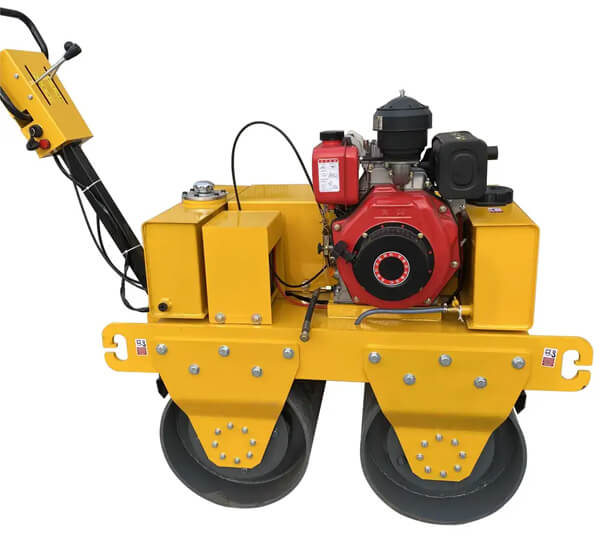
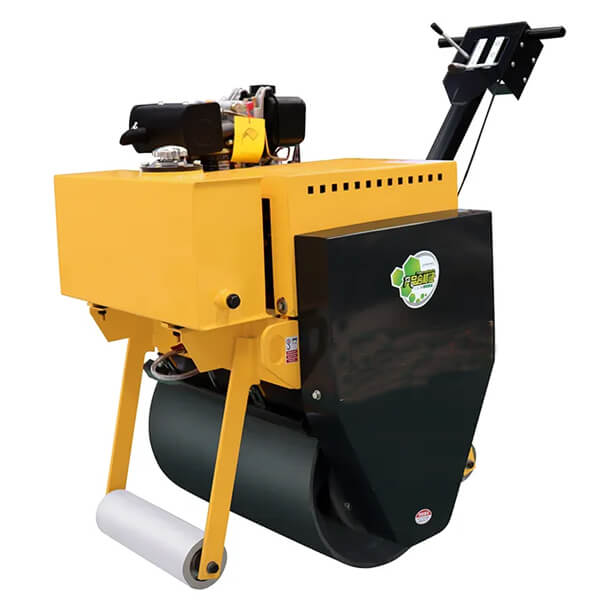
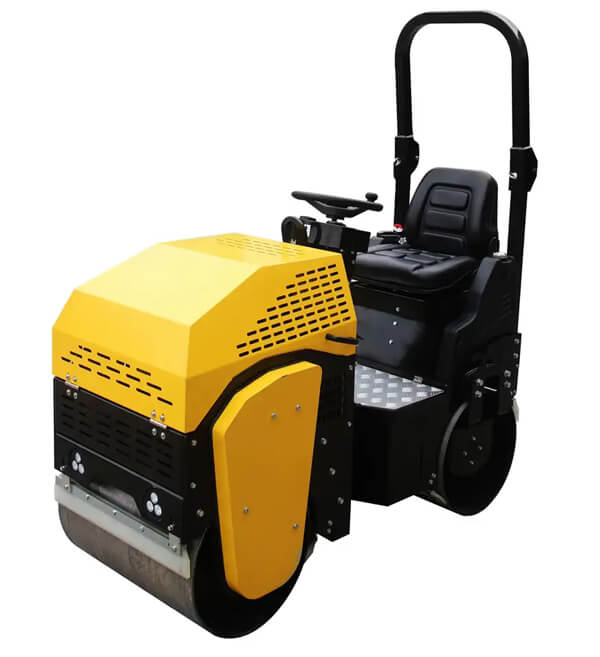
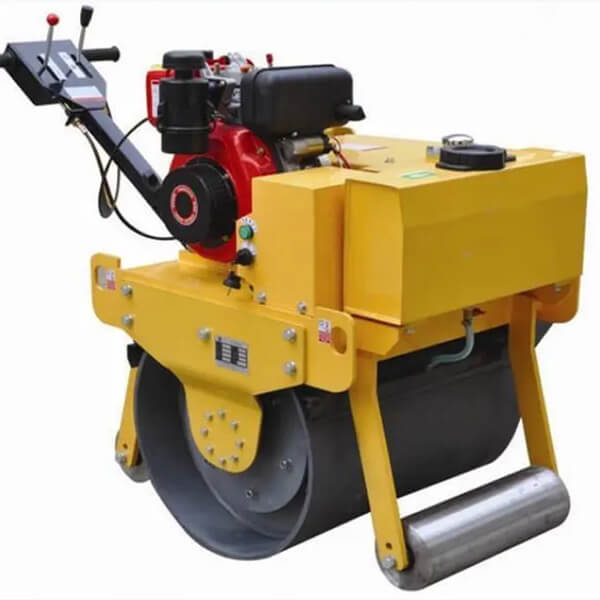
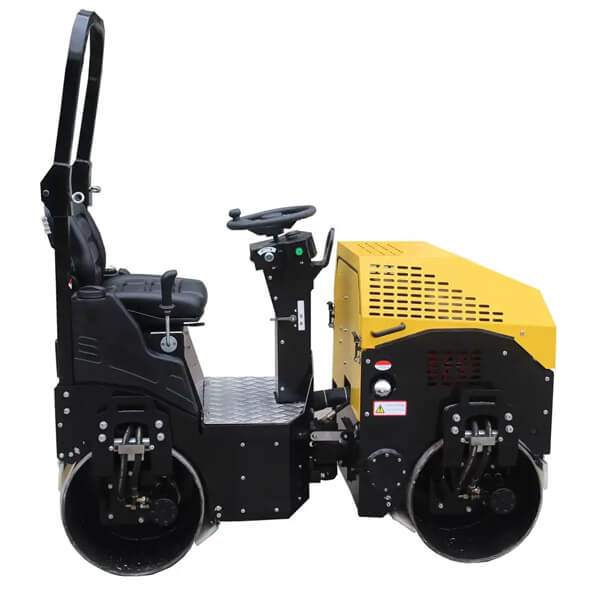

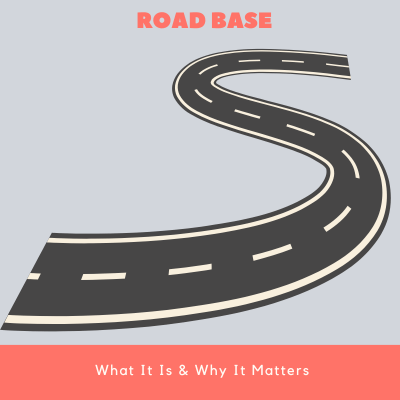

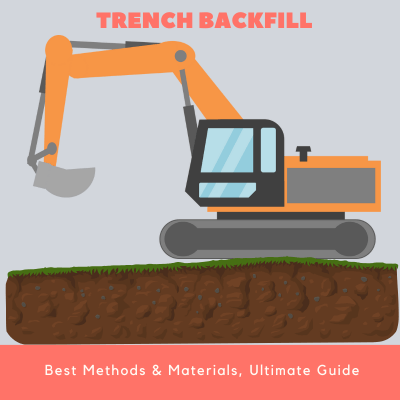
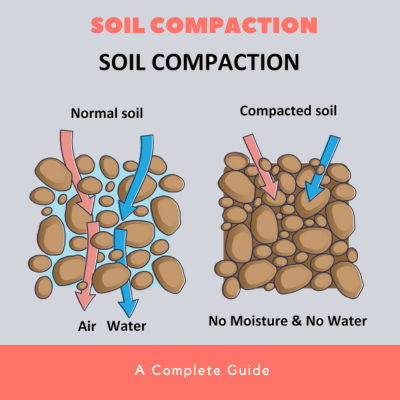
Leave A Comment